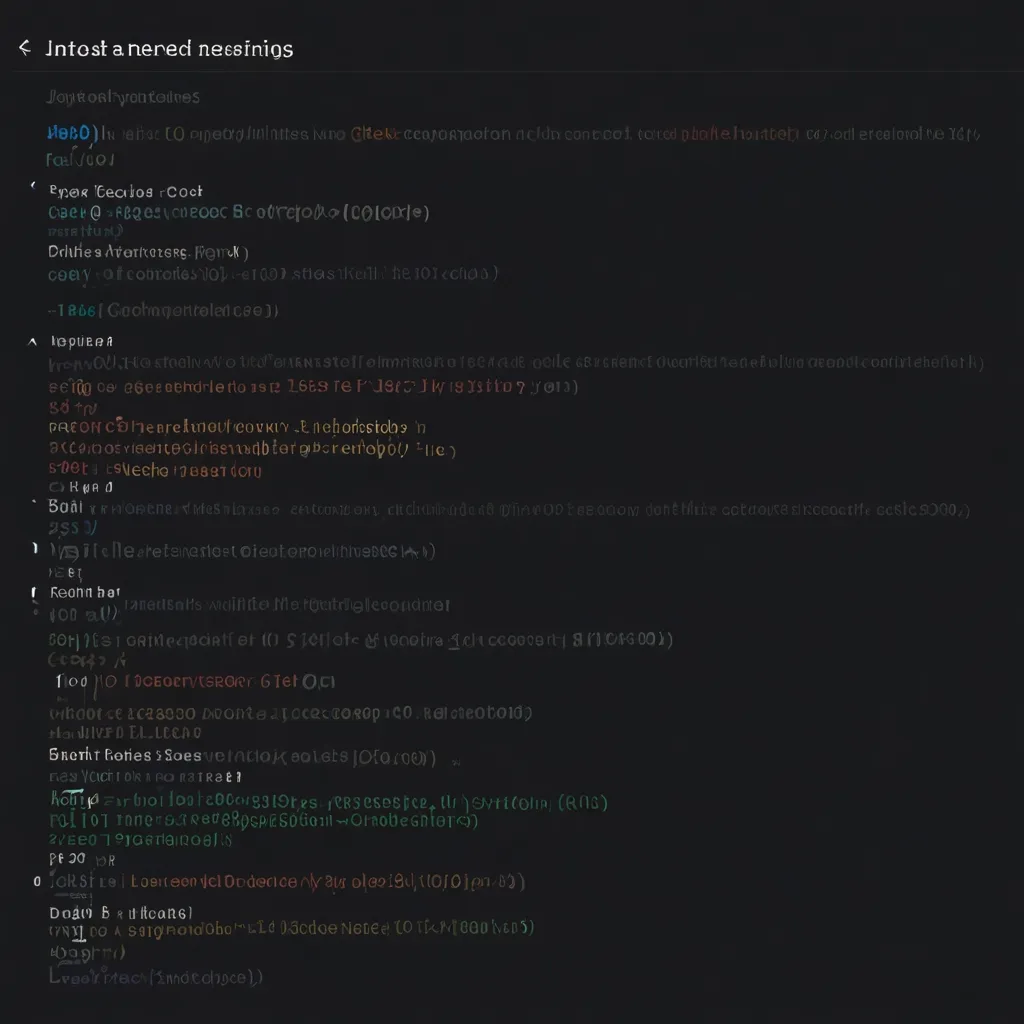JavaScript is like the secret sauce that makes websites pop with life. It’s what makes web pages not just pages, but dynamic and interactive experiences. You know those cool buttons you click, the images you can zoom into, or the seamless way data updates on a page? That’s all JavaScript.
This language is indispensable for anyone into web development, whether you’re focusing on the frontend stuff users interact with or the backend machinery making everything tick. Over the years, it has become a staple in a web developer’s toolkit. JavaScript is everywhere now, and you can’t avoid it even if you try.
Origins of JavaScript
Let’s rewind a bit. Back in 1995, Brendan Eich introduced JavaScript with a simple yet powerful idea: to inject interactivity into web pages. Initially, this was focused solely on the client side, meaning it ran in your browser. This was a big deal because it meant that JavaScript-loaded pages performed quicker than those powered by server-side languages like PHP. Fast forward to 2009, and boom! Node.js came onto the scene, allowing JavaScript to play in the backend, too. With Node.js, JavaScript could finally run on servers, making the language a full-stack powerhouse.
Frontend Fun with JavaScript
On the frontend, JavaScript is king. It brings web pages to life, making them not just static blocks of text and images but engaging and interactive. Think about all the sites you visit daily. JavaScript is behind those snazzy drop-down menus, form validations that prevent you from entering wrong info, and real-time updates that keep pages fresh without needing a reload. It can make simple buttons clickable, images zoomable, and even embed audio and video directly on the page. These features make websites not just functional but genuinely fun to interact with.
The Backend: JavaScript Unleashed
JavaScript isn’t just eye candy for end-users; it can handle the heavy-duty stuff in the backend as well. Thanks to Node.js, developers can now manage HTTP requests, interact with databases, and crank out dynamic content right from the server. This dual nature of JavaScript—handling both frontend and backend—makes life a lot simpler for developers. Imagine working on a project where you don’t have to switch between multiple languages. With JavaScript, it’s “one language to rule them all,” letting you build robust applications and APIs seamlessly.
Why Everyone Loves JavaScript
One big reason JavaScript rules the web is its sheer versatility. Whether it’s web development, mobile apps, games, or server-side scripting, JavaScript can handle it all. Plus, it’s super easy to pick up. Beginners can dive into it without setting up any complex environment since it comes pre-installed on all modern web browsers. Write some code, hit save, refresh your browser, and bam—you see the results instantly. This immediate feedback loop makes learning and iterating with JavaScript incredibly rewarding.
Powering Up with Frameworks and Libraries
The JavaScript ecosystem is vast and full of tools that make developers’ lives easier. Frameworks like React.js, Angular, and Vue.js help structure complex applications. React Native allows developers to create native mobile apps without learning a new language. And of course, there’s Node.js for all the backend magic. These frameworks and libraries streamline the developmental process, making it simpler to build scalable and maintainable applications. In short, they help you do more with less effort.
Real-World Magic
JavaScript isn’t just confined to small personal projects. Major players like Google, Facebook, and Amazon all leverage JavaScript heavily in their web and mobile applications. Think about LinkedIn, Amazon, and Facebook—they all use JavaScript to keep their sites interactive and user-friendly. In sectors like finance, JavaScript is the backbone for creating dynamic and real-time dashboards. Even educational platforms depend on JavaScript for interactive learning tools and online courses.
Gaming with JavaScript
JavaScript has even carved out a niche in game development. Developers can create immersive games that run on multiple platforms, utilizing user input, physics engines, sound, and graphics. This makes JavaScript-based games as engaging as those developed with more traditional gaming languages. So, if you’re into game development, JavaScript offers exciting opportunities to create fun and engaging games that can be easily played on different devices.
Building Mobile Apps
Let’s not forget mobile apps. JavaScript is a godsend for mobile app developers, helping build responsive and user-friendly interfaces. It powers the backend, allowing for efficient database interaction and API integration. Basically, it makes sure your mobile app communicates smoothly with other services or applications. For developers looking to create versatile, feature-rich mobile applications, JavaScript is a go-to tool.
The Community
Perhaps one of JavaScript’s biggest assets is its massive, active community. This community is a treasure trove of support, documentation, and resources. Whether you’re a newbie or a seasoned pro, you’ll find help easily. Sites like Stack Overflow consistently rank JavaScript as the most popular language among web developers, a testament to its widespread use and the strength of its community. You’ll never be alone when you’re coding in JavaScript—there’s a whole world of developers out there ready to lend a hand.
Learning JavaScript
If you’re new to coding, JavaScript might seem like a tough nut to crack, but here’s the good news: it’s actually pretty accessible. Start with the basics like HTML and CSS, which give structure and style to web pages. Once you’ve got a handle on those, jumping into JavaScript becomes a whole lot easier. There are tons of online resources, courses, and tutorials to guide you. Websites like edX and Full Stack Open offer excellent programs that cover the essentials of modern web development, making your learning journey smoother.
Wrapping Up
JavaScript is more than just a language; it’s the lifeblood of modern web development. Its power to create dynamic content, handle both frontend and backend tasks, and ease of learning make it indispensable. Whether you’re building interactive web pages, robust server-side applications, or engaging mobile apps, JavaScript is your best friend. With a rich ecosystem full of frameworks and libraries, extensive community support, and countless real-world applications, it’s no wonder JavaScript continues to dominate the web development landscape.






